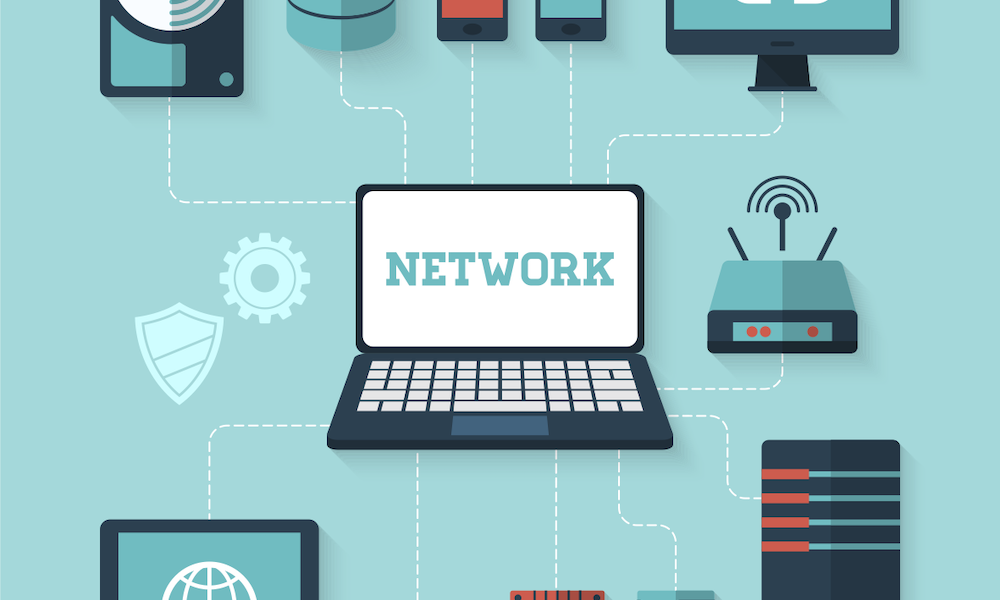A computer network is a system of interconnected computers and devices that allows them to communicate and share resources.
Computer network are fundamental to modern computing, enabling data exchange, information sharing, and collaboration across various locations and distances.

Networks can be as simple as a small local area network (LAN) within a home or office, or they can be as vast as the global internet, connecting billions of devices worldwide.
Types of Computer Networks:
Computer networks are categorized based on their size and geographical coverage:
- Local Area Network (LAN): LANs connect devices within a limited area, such as a home, office, or campus. They facilitate resource sharing, file transfer, and printer access.
- Wide Area Network (WAN): WANs span larger distances, connecting devices across cities, countries, or even continents. The internet itself is the most extensive WAN, connecting networks worldwide.
- Metropolitan Area Network (MAN): MANs cover a larger geographic area than LANs but smaller than WANs, usually connecting devices within a city or metropolitan region.
- Wireless Local Area Network (WLAN): WLANs use wireless technology, such as Wi-Fi, to connect devices within a limited area without the need for physical cables.
Network Components:
A computer network consists of several key components:
- Devices: Computers, servers, routers, switches, and other devices that facilitate communication also resource sharing.
- Network Media: The physical medium, such as cables (e.g., Ethernet) or wireless signals, through which data is transmitted.
- Protocols: A set of rules and conventions that govern data transmission and communication between devices on the network.
- Topology: The arrangement of devices and connections in the network, such as star, bus, ring, or mesh topology.
Network Services:
Computer networks offer various services to users and applications, including:
- File Sharing: Users can access shared files and resources on different devices across the network.
- Communication: Networks enable real-time communication through email, messaging, video conferencing, also VoIP services.
- Internet Access: Connecting to the internet allows access to a vast array of information, services, also online resources.
Network Security:
Securing computer networks is of utmost importance to protect data also prevent unauthorized access. Network security measures include firewalls, encryption, access controls, and intrusion detection systems.
Conclusion
Computer networks have become an essential infrastructure that underpins our interconnected world.
From local office networks to the global internet, they facilitate communication, collaboration, also resource sharing, revolutionizing the way we live, work, and interact with information.
As technology advances, the role of computer networks will continue to evolve, driving innovation also connectivity across all aspects of modern society. 온라인카지노